Affiliate links on Android Authority may earn us a commission. Learn more.
ASUS MeMO Pad Smart 10 Review!
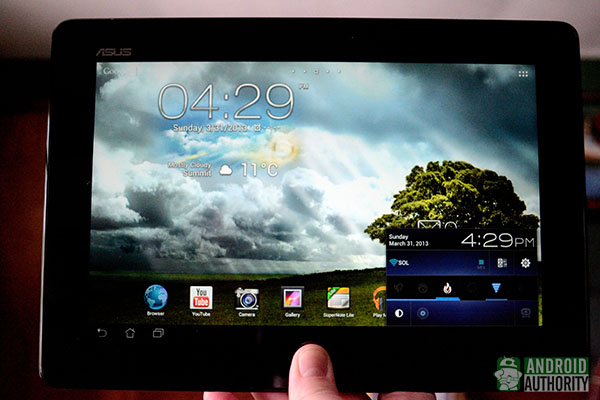
Specs
- 1.2 GHz quad-core NVIDIA Tegra 3 processor
- 10.1-inch 720p display (149 ppi)
- 1 GB RAM
- 16 GB (expandable via microSD)
- 5 MP rear-facing camera
- 1.2 MP front-facing camera
- Android 4.1.1 Jelly Bean
Build Quality & Design
While it’s a problem with any device, shoddy build quality is especially noticeable in tablets, as any creakiness or flexing in the body is an order of magnitude more apparent due to the larger size. Luckily, neither of these is a problem with the ASUS MeMO Pad Smart 10. Even trying to twist the device lead to no flexing, and throughout constant use there was none of the feeling of loosening up over time that I’ve noticed in some other tablets.
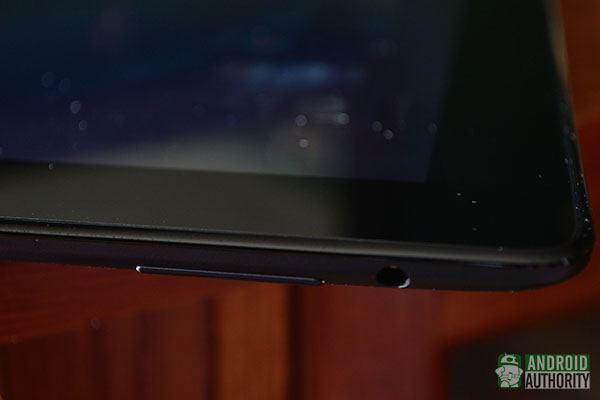
Display
It’s easy to look at the specs up at the top and think “wow, 149 pixels per inch is pretty low.” I know I did, and while this is true when you’re talking about phones, it’s not all that uncommon with laptop screens and tablets. Yeah, we’ve seen a lot higher, but it doesn’t mean that the display on the Smart 10 is junk.
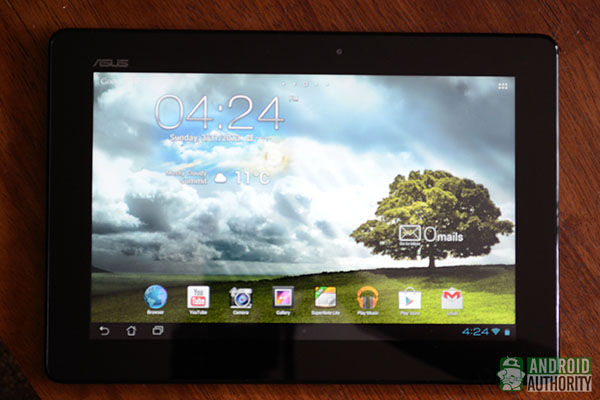
Performance
To get a metric on the ASUS MeMO Pad Smart 10’s performance, I started by running a few benchmarks. I ran AnTuTu Benchmark three times in succession and averaged the results, ending up with a final score of 12,774. I then moved on to the always fun Epic Citadel. In High Performance mode, the average framerate was 49.8 FPS, while the framerate took an small but understandable hit in High Quality mode, producing an average of 46.2 FPS.
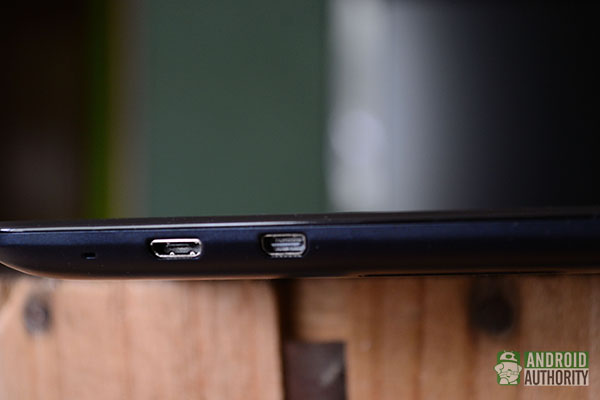
Software
The ASUS MeMO Pad Smart 10 runs Android 4.1.1 Jelly Bean and, while it isn’t exactly heavily skinned, we’re not looking at stock Android here. An update to 4.2 is said to be on the way, and I did receive two software updates during testing, but so far the review unit is still running 4.1.1.
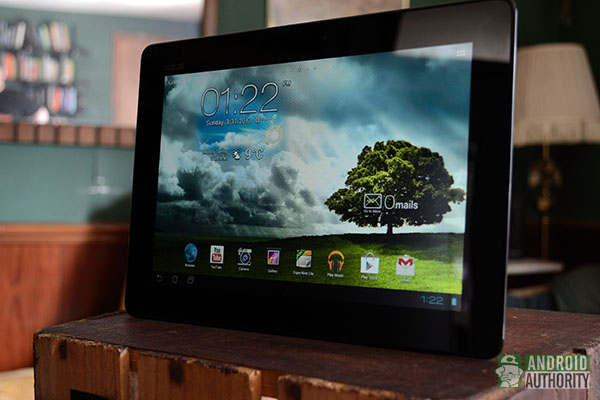
The Smart 10 is mercifully light on bloatware, with the few apps that are included being at least marginally useful. A file manager included out of the box is always appreciated, App Backup is certainly useful and, while I can’t see myself using it, I can see certain users getting some use out of App Locker. Press Reader comes preinstalled, and though not everyone will want to use it, it’s a useful inclusion. On the other hand, Glowball is just a link to download the app in the Play Store, which doesn’t make a ton of sense, but I’d rather see this than have the app included by default and unable to be uninstalled.
Camera
Before we begin this section, I’d like for you to acquaint yourself with the phrase “for a tablet.” Now, make sure to insert it after nearly everything I say about the camera. Here, I’ll give you an example: the camera in the ASUS MeMO Pad Smart 10 isn’t bad, for a tablet. Sure, it often includes more than its fair share of visual noise, and low light performance isn’t the best, but in most cases the only time you’re going to be using this camera is when you don’t have access to anything else, and in that case, it does an admirable job. The front-facing camera is similar, though with its lower megapixel count, anything that is an issue with the rear camera is more of an issue here. That said, it will still do the job in a pinch.
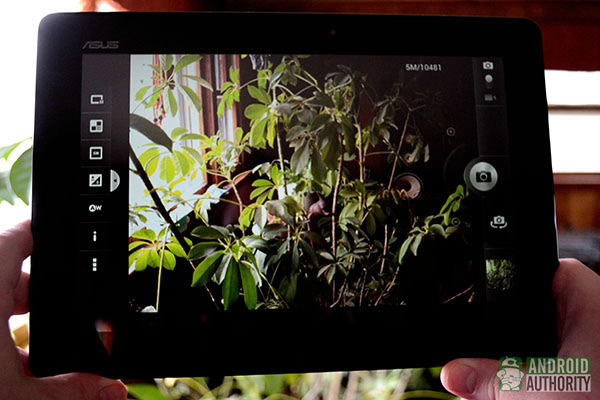
Battery
With tablets, it’s much harder to really quantify battery life than it is with phones because it isn’t very likely that you’re going to be carrying a tablet with you and using it all day long. It’s even harder when you encounter a device that is as unpredictable as the Smart 10. During heavy testing, the battery seemed to drain fairly quickly, but with 24 hours of intermittent use, I still had around 30 percent battery left.

That’s where AnTuTU Tester’s battery test comes in. It may not explain real world use, but at least it’s a number that you can test your own device against. The AnTuTu tester battery score was 481. Unfortunately, I ran the test overnight and when I checked in the morning, the battery was fully drained, so other information about this particular test is now lost to the ages.
I’ve definitely seen better battery life in other tablets, so it’s important to ask yourself how you plan to use your tablet and what you expect of it if you’re planning on picking up the MeMO Pad Smart 10.
Video Review
Conclusion
If you have ever looked at a Nexus 7 and thought to yourself “I would be all over that if it was larger and had a few more ports,” you may have just found your new favorite tablet. Even if you haven’t, the ASUS MeMO Pad Smart 10 isn’t a bad choice for prospective tablet buyers on a budget. That said, if you need a little more and are willing to pay more for it, Google’s Nexus 10 or something in ASUS’s own Transformer line would likely be a better choice.
If you already own ASUS MeMO Pad Smart 10, we’d love to hear your thoughts on it in the comments below. If you don’t, are you thinking about buying one? If not, what would you get instead?